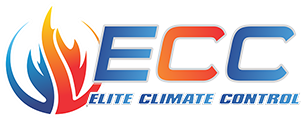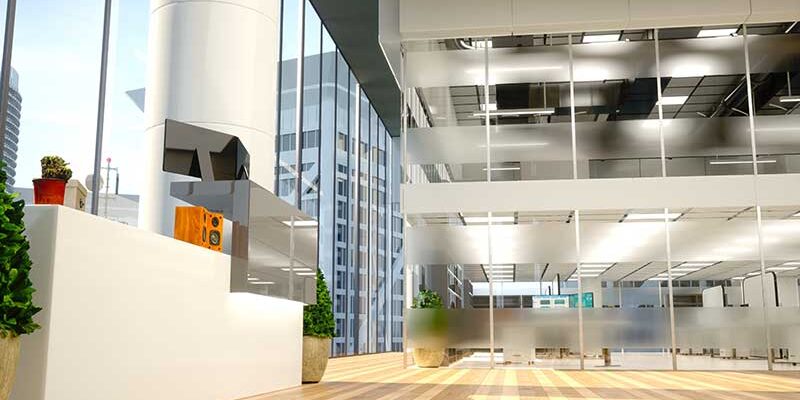Commercial buildings, ranging from tall skyscrapers to sprawling shopping malls, require powerful air conditioning systems to keep tenants and visitors comfortable. As energy efficiency and sustainability become increasingly important, the HVAC business is always developing. This blog delves into the most recent technology and tactics for managing commercial air conditioning, with the goal of increasing efficiency, comfort, and environmental effect.
Cutting-edge technologies are revolutionizing commercial air conditioning
1. Smart HVAC systems
Advanced sensors and IoT (Internet of Things) integration enable HVAC systems to automatically adjust based on real-time information. These smart systems can monitor occupancy levels, weather conditions, and even the time of day, and change ventilation and temperature accordingly to maximize comfort while reducing energy use.
2. Geothermal Heating and Cooling
By utilizing the steady temperatures subsurface, geothermal systems provide a highly efficient heating and cooling solution for commercial buildings. These systems use a network of subsurface pipes to exchange heat with the earth, allowing for summer cooling and winter heating at much lower energy costs.
3. Chilled Beams
This technique employs convection to circulate air and cool rooms. Pipes of cold water are routed through beams (often located on ceilings), chilling the air and forcing it to sink and circulate around the area. Because chilled beams do not require fans, they consume less energy and run more quietly than standard systems.
4. Variable Refrigerant Flow (VRF) Systems
VRF technology enables accurate temperature management in multiple zones or rooms inside a building, all while using a single system. This not only increases comfort but also lowers energy consumption because each zone may be modified separately based on occupancy and usage.
Strategies to Increase AC Efficiency in Commercial Settings
1. Energy Management Systems, or EMS
Integrating an EMS can significantly enhance the efficiency of HVAC systems by providing detailed energy consumption information. This data can help facility managers make informed decisions regarding when and how to utilize air conditioning, as well as discover patterns and areas for improvement.
2. Retrocommissioning
Regularly inspecting and tweaking existing HVAC systems to ensure they are performing as intended can result in significant energy savings. Retrocommissioning is altering existing systems to increase efficiency and extend their life without completely replacing them.
3. Green Roofs
Installing a green roof can reduce cooling demands on a structure by introducing a layer of plant that acts as natural insulation. Green roofs also help to manage rainwater and prevent heat islands in urban settings.
As we face global concerns such as climate change and rising energy costs, the need for new air conditioning technology and tactics in commercial buildings cannot be stressed. Businesses that implement these new technology and tactics can drastically reduce their environmental impact, cut expenses, and provide a more comfortable atmosphere for employees and visitors. The future of commercial air conditioning appears bright, with advancements that promise even greater efficiency and smarter energy utilization.




